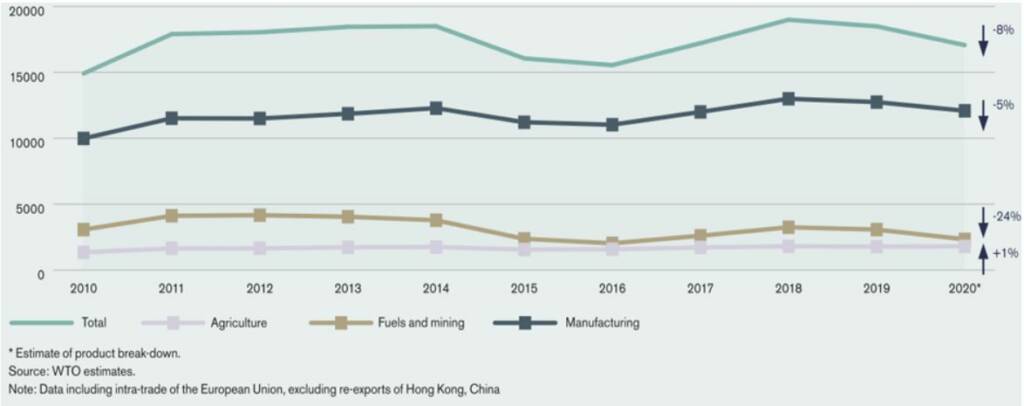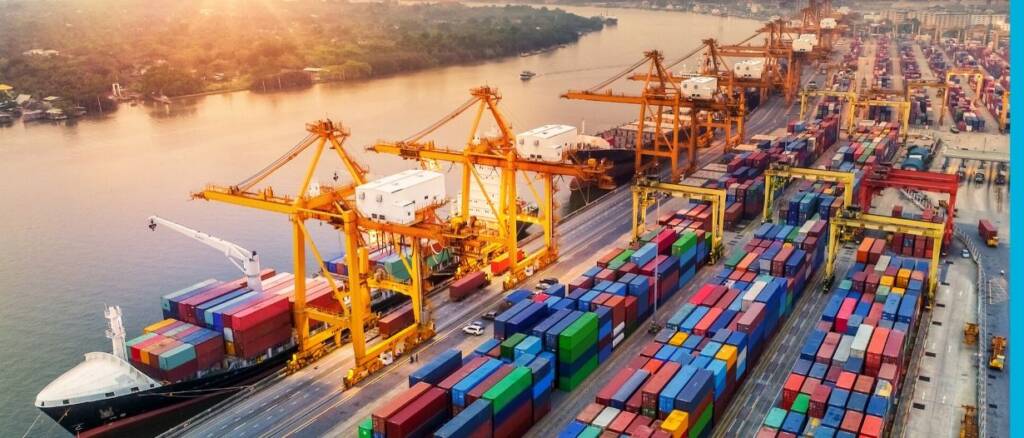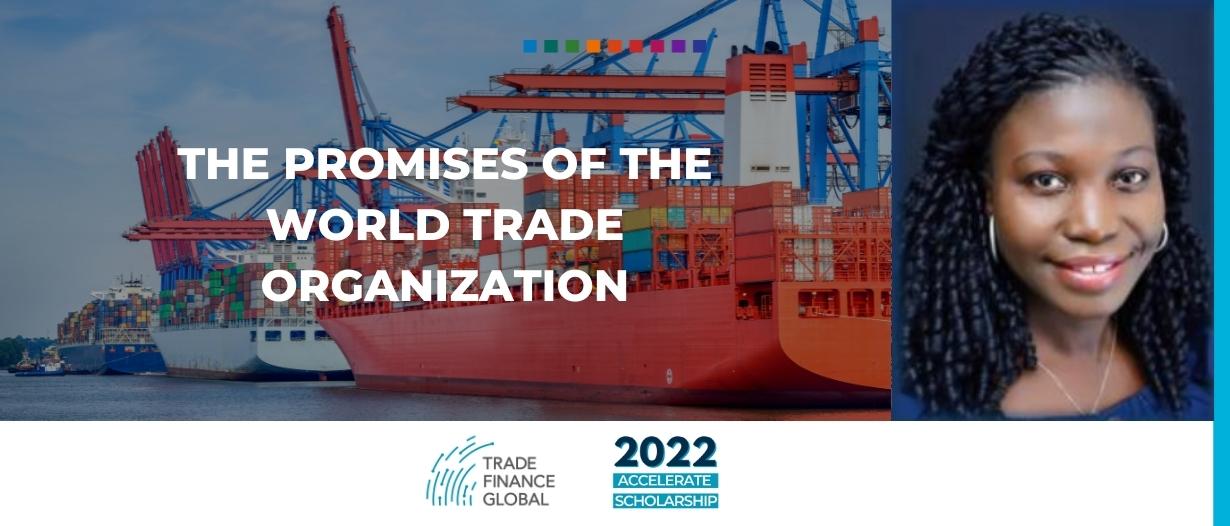Over three-quarters of merchandise exports by the least-developed countries (LDCs) are primary goods.
This places them at a disadvantage in international trade since manufactured goods have a higher value than primary goods.
1. GATT and the use of trade as a developmental tool
The World Trade Organization (WTO) established the General Agreement on Tariffs and Trade (GATT) in 1994.
It outlines the rules of international trade.
The member countries of the WTO negotiate and sign trade agreements which are then ratified by their parliaments.
For instance, in 2005, at the Hong Kong Ministerial Conference, the decision for LDCs to have duty free, quota-free access to developed countries was approved.
As of 2021, 46 countries are categorized as LDC with 33 of these countries found in sub-Saharan Africa.
These are countries that are most vulnerable to economic shocks.
In 2012, the WTO negotiated a trade facilitation agreement to ease the flow of goods across borders and reduce the cost of trade.
In 2015, the 20th-anniversary report stated that trade in goods and services in 2014 was four times the volume of trade in 1994.
Import tariffs for member countries had reduced by 15% in that period and over half of the world trade is now tariff-free.
Yet, trade is not effective as a tool for the development of LDCs.
Gnangnon and Priyadashi (2016) compared the export performance of LDCs before and after the duty-free, quota-free adoption and discovered that the decision was more effective for the export of primary goods than manufactured goods.
This result shows that the duty-free, quota-free access to the market of developed countries did not help LDCs to diversify their export output.
Figure 1: Merchandise Exports from 2010 to 2020

Manufactured goods accounted for about 71% of merchandise trade in 2020.
The comparison in merchandise exports from 2010 to 2020 is displayed in figure 1.
The fact that three-quarters of Africa’s merchandise exports were primary goods at the same time is a problem given that Africa’s share of merchandise exports in 2020 was 2.2%.
Since manufactured goods are of a higher value than primary goods, LDCs are at a disadvantage in international trade.
Hence, the promises of WTO to develop economies through trade have not been realized by developing economies without the resources, infrastructure, and human capital to move from primary exports to the export of manufactured goods.
It has placed them in a precarious situation where they are indebted to the countries that they trade with due to the negative trade balance.
2. The need for new trade agreements
The necessity for change in the GATT was highlighted in 2020 with the onset of the COVID-19 pandemic.
Most countries in the world went into lockdown.
The shutdown of global industries and restrictions on the movement of people and goods across the world led to shortages of many goods and services, exposing the fragility of the global value chain that developed because of the GATT.
The governments of many member countries began to extol the importance of self-reliance in the production of goods and services and the need to reduce imports.
Vaccines were developed at the end of 2020 mostly by developed countries but many developing countries particularly in sub-Saharan Africa are yet to receive enough doses of the vaccine for their entire population.
The present state of the world has shown that the GATT is inadequate to deliver goods and services in times of uncertainty and turbulence in the global economy.

3. Hope for change
The fragility of the global supply chain has been documented by the United Nations (UN) in its Sustainable Development Goals (SDGs) where it recognises that long-term cooperation between purchasers and suppliers is crucial for a sustainable supply chain that takes the effect of production on the social and ecological environment into account.
The WTO can adopt this framework when negotiating trade agreements to enhance development in LDCs.
LDCs are especially vulnerable to the negative effects of international trade because they do not earn enough to stem the negative externalities.
For instance, they are faced with the environmental degradation that comes due to increasing agricultural and commodity output to meet international demand.
Developing economies that have benefited from increased investment in intermediate and manufactured goods are often those with lax labour laws that allow investors to offer less than a living wage.
International trade can be an effective way to help countries that are vulnerable to global economic shocks develop their human capital and infrastructure to withstand these inevitable shocks.
A revised GATT can be used to enhance global support in a crisis, plus encourage fair wages and ecologically sustainable production.
























